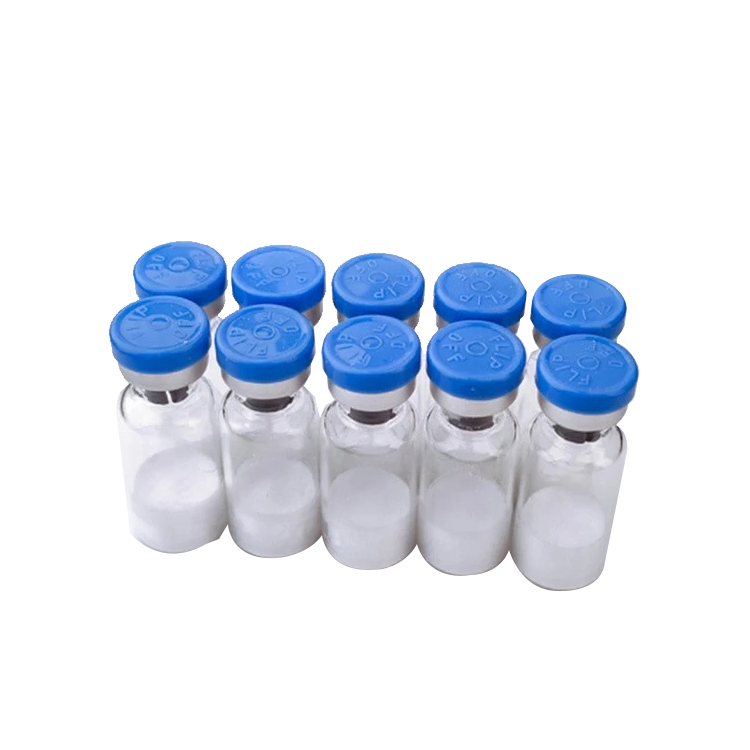Release date: 2008-04-11 A groundbreaking technique using endoscopes for harvesting saphenous vein grafts has been successfully implemented in coronary artery bypass grafting (CABG) over the past six years by Dr. Liu Jincheng and his team from the Department of Cardiac Surgery at Xijing Hospital, Fourth Military Medical University. This innovative approach, which involves endoscopic vascular acquisition, has shown remarkable clinical outcomes and was recently awarded the second prize in the 2007 military medical research competition. CABG remains one of the most effective treatments for coronary heart disease. Since 1998, foreign researchers have adopted endoscopic techniques to collect the great saphenous vein for grafting. In April 2000, Dr. Liu and his colleagues began using the VASOVIEW endoscope to harvest the saphenous vein for CABG procedures. The technique has been successfully applied in 196 patients, yielding excellent results. Compared to traditional methods, endoscopic vein collection offers significant advantages such as reduced trauma, less postoperative pain, and faster recovery. The incidence of lower limb complications was found to be 66% lower than with conventional incisions, especially in diabetic patients. Additionally, the average walking time after surgery was reduced by 1.1 days compared to the standard method. Research findings indicate that endoscopic harvesting significantly improves the quality of venous grafts compared to traditional surgical approaches. Histological analysis showed that the endoscopically harvested vessels were more intact, with no visible damage to the vessel walls. Moreover, the study explored the role of PDGFR-β antisense oligodeoxynucleotides in preventing vascular restenosis. By establishing an in vitro model of vascular smooth muscle cell proliferation, the researchers discovered that these agents effectively inhibited SMC proliferation and migration while promoting apoptosis. In addition to technical advancements, the research team introduced new strategies for post-operative care following endoscopic vein harvesting. They emphasized psychological support for patients with coronary heart disease, helping to reduce anxiety and stress responses. New protocols were also developed for early leg activity and wound care, further enhancing patient recovery and satisfaction. This comprehensive approach highlights the growing importance of minimally invasive techniques in modern cardiac surgery. —— China Pharmaceutical 123 Network
Human chorionic gonadotropin is a hormone for the maternal recognition of pregnancy produced by trophoblast cells
Human chorionic gonadotropin (HCG) is a glycoprotein secreted by trophoblast cells of the placenta And β dimer proteins. The molecular weight of glycoprotein hormone 36700, A. Pituitary, FSH, follicle stimulating hormone, LH (luteinizing hormone) and TSH (thyroid stimulating hormone) are basically similar, So they can cross-react with each other, while the structure of β subunit is not similar. In mature women, the fertilized ova move to the uterine cavity for implantation and form embryos. In the process of development and growth into the fetus, the placental syncytiotrophoblast cells produce a large amount of HCG, which can be excreted into urine through the blood circulation of pregnant women. Serum and urine HCG levels rise Rapidly from 1 to 2.5 weeks of gestation, reaching a peak at 8 weeks of gestation and dropping to moderate levels at 4 months of gestation, which remain at the end of gestation. At present, the commonly used detection methods are: latex aggregation inhibition test and hemagglutination inhibition test; Radioimmunoassay (RIA); Enzyme linked immunosorbent assay (ELISA); Monoclonal antibody colloidal gold test
Hcg Powder,Custom Ghrp Peptides,High Purity Hcg Powder,Popular Peptide Bodybuilding Powder Shaanxi YXchuang Biotechnology Co., Ltd , https://www.peptidenootropic.com
